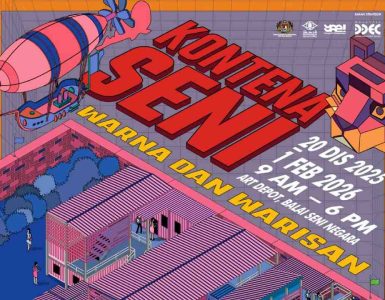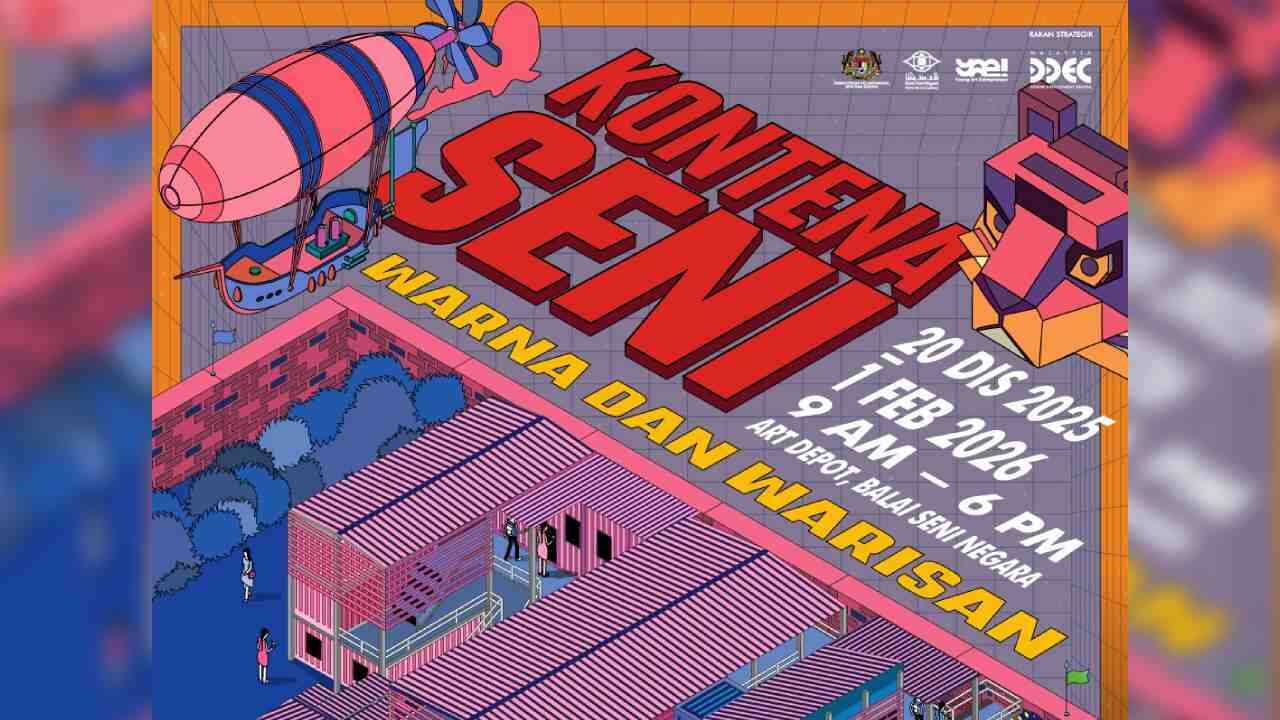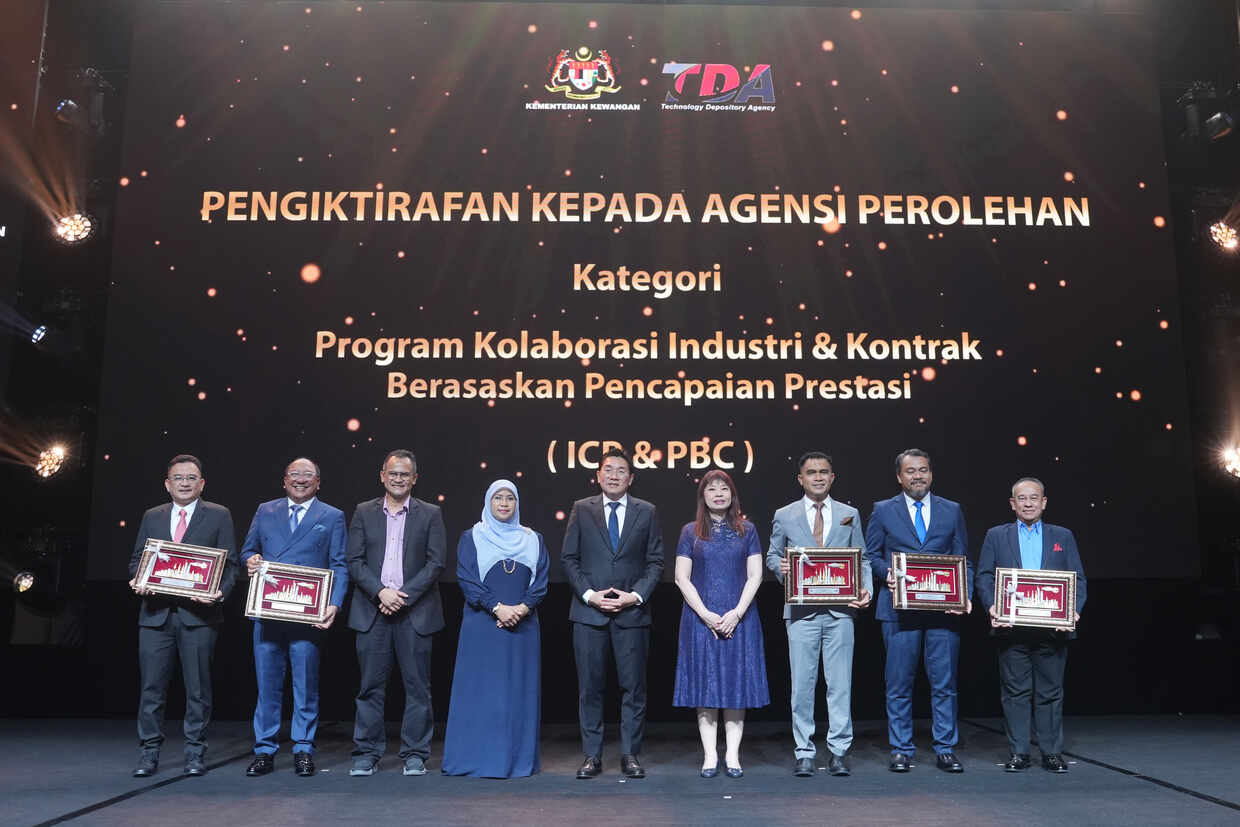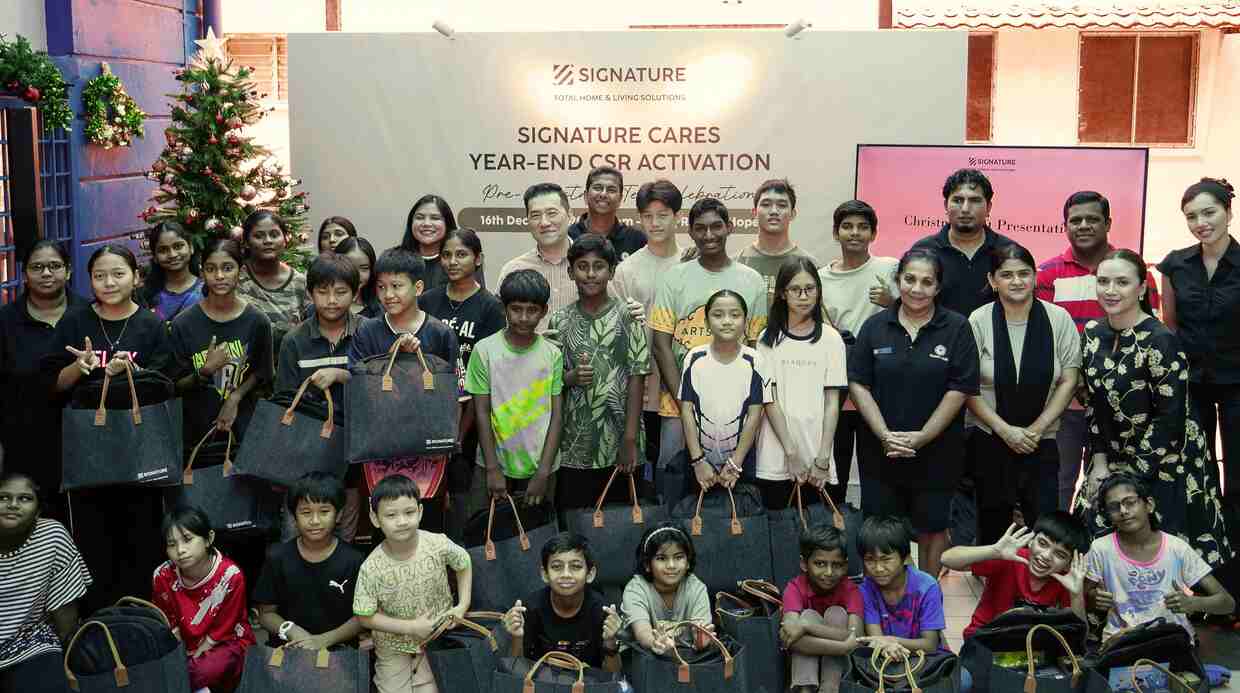A traditional estate located right in the middle of an ever-developing urban area might be a surprising sight to most, but Ladang Bukit Jalil residents seem to have very valid reasons to fight for their land and way of life.
The 80-year-old estate, located at sixth mile, Jalan Puchong, sits next to Pusat Perumahan Rakyat (PPR) low-cost flats, and the difference in their environments is clear to see.

But amidst the swirl of tension that will soon come to head, a group of Indian students believe they have found something quite priceless in the estate.
“In our own housing areas, our gates are normally closed,” says 19-year-old Harvindan Mon, from Kajang. “But the gates of the residents here are always open. This shows how secure they are in each other’s company.”
Harvindan is one of 35 Indian undergraduates from around the Klang Valley area who are currently on a 14-day stay at the former estate quarters. They are part of a programme organised by the Malaysian Indian Students Association (MISA) called Community, Care, Circle, under which Indian students get to visit authentic Indian estates across the country.
“I don’t think any of us knew that this estate existed even though it is located in the heart of Kuala Lumpur. I was quite surprised to know that an estate actually exists here,” says Kathiravan, another student.
The students have participated in various activities so far, such as cleaning up an old, unkempt former school field and clearing out an unused school compound. They have also documented the lives of the former estate workers on video and in print.

“People think that these people lack basic amenities, but they don’t; they just don’t want to lose their way of life and, having stayed here, I would say they have a very good lifestyle,” says Gobi, who as one of the facilitators, also stays at the estate.
Sampling a slice of life
“The idea is to bring urban youth to these estates for a taste of estate life,” Gobi explains.
This experience includes being the object of an on-going eviction attempt; the students witnessed first-hand what they describe as DBKL’s intimidating behavior in tearing down banners put up by residents at the estate entrance.
“It was a very scary moment, because we did not know what to do, whether we should have stayed witnesses, walk away, or whether the officers would do something to us,” recalls one student.
The students’ stay at the estate ends today, with a charity dinner called Malam Mesra Masyarakat, organised by the students themselves.
Having documented the estate and the lifestyle of its residents, the students now plan to hand a memorandum to Prime Minister Najib Tun Razak on the plight of the residents.
The estate seems like a throwback to scenes from late 70s and early 80s, before the development fever gripped the nation.
Some houses still sport functioning chimneys, a rare sight, while the estate’s own grocery store is, like the estate itself, some 80 years old.
Even though they no longer earn much of a living from tapping rubber, the residents still embrace the work they were employed by the government to do.
The few remaining rubber trees are still being tapped, and the residents still sell the rubber when they can, even though most of them now have their own businesses elsewhere, while some are factory workers.
This is Ladang Bukit Jalil: last remaining rubber estate in Kuala Lumpur.












